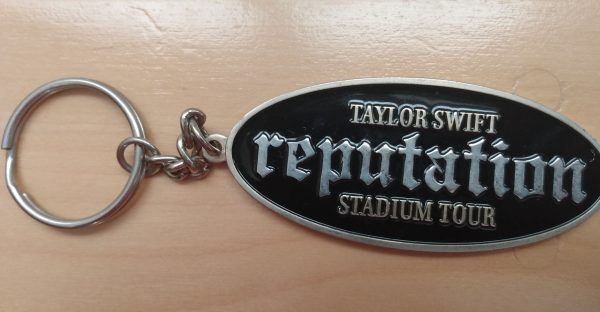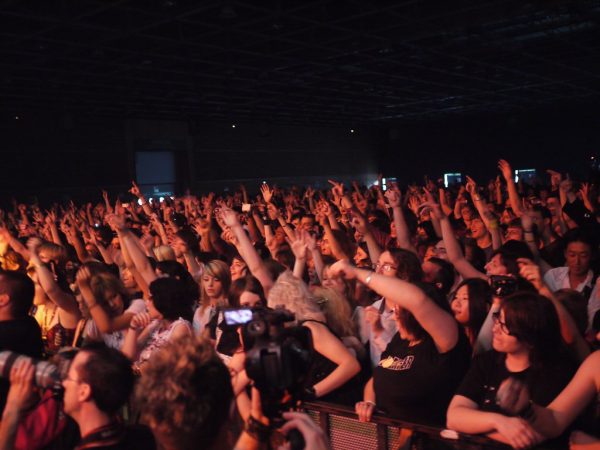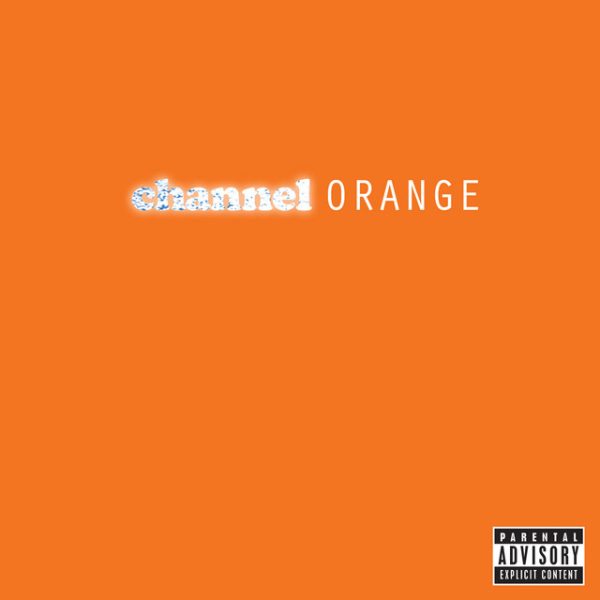The Ethics Of Sustainable Fashion
We live in a world where new clothing trends are introduced quickly before the old ones are cycled through. One trend has appeared that seeks to transform the fashion industry as a whole. In recent years, there has been a push to live a more eco-friendly lifestyle due to environmental concerns. In this revelation, the fashion industry was put under an unfavorable spotlight. The Geneva Environment Network reports that fashion production accounts for 10% of carbon emissions. Fashion production is also responsible for 35% of microplastics in marine environments. People began to boycott “unethical” brands in the name of this new trend. Producers responded to the plight of consumers. Terms such as “vegan,” “carbon positive,” and “cruelty-free” have saturated the market. More and more fashion brands are publishing reports detailing their ethical standards at every step of production. But why are companies doing this? Is the fashion industrial complex genuinely concerned for the welfare of our planet, or is this merely a money-making tactic meant to draw in the new, “woke” generation?
Ethical fashion and sustainable fashion are often used interchangeably, but they are not the same. Ethical fashion focuses on the moral side (Living wages, safe working conditions, animal welfare, etc.), while sustainable fashion focuses on the environmental impact. Even though they are not the same, these two models are inherently intertwined; they each have to work together in order to achieve their respective goals. Their definitions tend to be muddy depending on who you ask. There is no industry standard for sustainable fashion. That leaves it up to each individual person to interpret what they believe sustainable fashion is. Among these individual definitions, the ultimate goal is the same, to reduce the damage the fashion industry has unleashed on the world. For many, this means focusing on the quality of the garments made instead of the quantity. Others are implementing a closed-loop cycle to ensure that no waste is produced in production. Then there are people who focus on recycled materials, which delays the time it takes for a garment to move to the landfill.
Similarly, the definition of ethical fashion is highly interpretive. The goal of ethics is to prove what is right or wrong. This answer will differ from person to person. The fashion industry is moving towards a utilitarian school of thought focused on creating the most pleasure and least suffering overall. In short, the livelihood and safety of the people involved in production are considered more than the consumers. Each definition attempts to fix a perceived problem within the industry.
As its popularity has grown, many studies have been conducted on sustainable fashion that explores the environmental and economic impact. Still, there is very little research investigating the moral reasoning as to why people are pursuing a more ethical and sustainable means of clothing production and consumption. The buying behavior of the sustainable consumer is relatively unknown compared to its scientific counterpart.
Bly et al. (2015: 126) conducted a study widely considered one of the first to link motivation to the behavior of sustainable consumers. Sustainable lifestyle bloggers were interviewed. The study found that these consumers were knowledgeable about production and international markets. They viewed consumption as a negative social pressure and turned to the antithesis of the norm: sustainability. Similarly, Markkula and Moisander (2012) conducted a study that found that the participants viewed sustainability as a way to elevate their aesthetic style and get better-quality clothing.
The motivations behind a person’s decision to pursue more ethical and sustainable fashion is a complex equation. Depending on the cultural and economic circumstances surrounding a person, the reasoning behind their choices will vary tremendously from the person sitting next to them. Some people consume consciously out of fear of the climate. Others may do it for animal welfare. And few simply think it will make them more fashionable.
Sources:
Bly, S., Gwozdz, W. and Reisch, L.A. (2015), Sustainable fashion consumption pioneers study. International Journal of Consumer Studies, 39: 125-135. https://doi.org/10.1111/ijcs.12159
Kitroeff, N. (2019, December 16). Fashion Nova’s Secret: Underpaid Workers in Los Angeles Factories (Published 2019). The New York Times. https://www.nytimes.com/2019/12/16/business/fashion-nova-underpaid-workers.html
Lang, H. (2021, August 20). What Is Ethical and Sustainable Fashion? Good On You. https://goodonyou.eco/what-is-sustainable-fashion/
Markkula, A., and Moisander, J. 2012. Discursive confusion over sustainable consumption: a discursive perspective on the perplexity of marketplace knowledge. Journal of Consumer Policy, 35(1): 105-125.
Niinimäki, K. Ethical foundations in sustainable fashion. Text Cloth Sustain 1, 3 (2015). https://doi.org/10.1186/s40689-015-0002-1
Remake. (2022, November 9). 2022 Remake Fashion Accountability Report — Remake. Remake. https://remake.world/2022-remake-fashion-accountability-report/
Madison Hapak, Grade 12. Interests/hobbies include crocheting, working with animals, art, and hanging out with friends. Madison plans to go to attend Drexel...
Joe Pearson, Grade 12. Interests/hobbies include cello, philosophy, jazz piano, music theory, and relaxing with friends and family. Joe hopes to attend...














